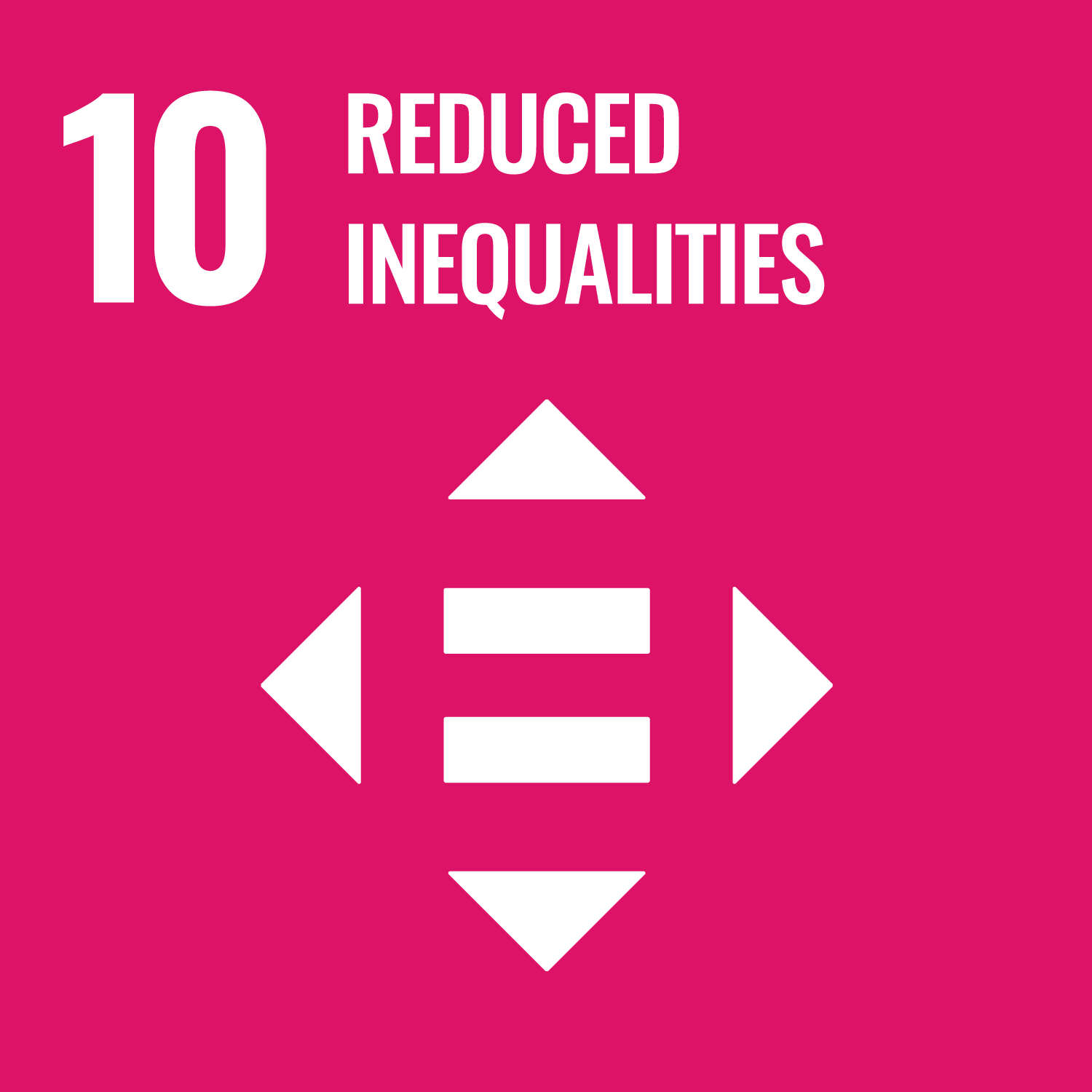Fivian, E. orcid.org/0000-0002-9621-2504, Harris-Fry, H., Shankar, B. orcid.org/0000-0001-8102-321X et al. (10 more authors) (2025) Can nutrition-sensitive agriculture interventions address intersectional inequalities in women’s diets? A mediation analysis using cross-sectional trial data from Odisha, India. The American Journal of Clinical Nutrition, 122 (2). pp. 460-473. ISSN: 0002-9165
Abstract
Background Improving nutrition for all requires understanding how interventions influence nutrition inequalities within society. Intersectionality, which considers how multiple disadvantages intersect, may offer more precise insight into the equity of these interventions. Objective Using an intersectionality-informed approach and mediation with exposure-mediator interaction, we investigated how participation in nutrition-sensitive agriculture interventions tested in the ‘UPAVAN’ trial affected inequalities in women’s diets in Odisha, India. Methods We analysed cross-sectional endline data from 3,294 mothers of children aged 0-23 months in 111 UPAVAN intervention villages. We estimated dietary inequalities as excess relative risk of minimum dietary diversity (MDD-W) according to Scheduled Tribe identity (ST, non-ST), education (≥5, <5 years), or wealth (higher, lower), and comparing intersectional groups that combine ST/non-ST with education or wealth group. We used a 4-way decomposition to estimate whether these MDD-W inequalities were affected by social group differences in: intervention participation rates (mediation only), participation benefits (interaction only), or both combined (mediated interaction). Results Intervention participation and MDD-W were greater among the more advantaged groups of non-ST, higher education, or higher wealth. Often, the more disadvantaged groups had greater participation benefits (interaction only), which narrowed MDD-W inequalities. However, intersectional groups with two disadvantaged characteristics (e.g., poorer ST) had smaller participation benefits than those with one (e.g., wealthier ST), which widened MDD-W inequalities. Differences in participation rates had negligible effects on MDD-W inequalities. Often, any marginal widening of MDD-W inequalities due to disadvantaged groups participating less (mediation only) was suppressed by their greater participation benefits (mediated interaction). Conclusion To our knowledge, this is the first intersectionality-informed analysis of nutrition interventions. UPAVAN interventions mostly had equitable impacts, reducing several inequalities in maternal diet quality. We demonstrate how intersectionality-informed analyses can help identify inequities in nutrition interventions and inform the design of inclusive interventions that reach and benefit the most marginalised groups.
Metadata
| Item Type: | Article |
|---|---|
| Authors/Creators: |
|
| Copyright, Publisher and Additional Information: | © 2025 The Authors. This is an Open Access article distributed under the terms of the Creative Commons Attribution Licence (https://creativecommons.org/licenses/by/4.0/), which permits unrestricted use, distribution, and reproduction in any medium, provided the original work is properly cited. |
| Keywords: | Nutrition-sensitive agriculture; Dietary diversity; Equity; Inequalities; India; Intersectionality; Participatory learning and action; Maternal nutrition |
| Dates: |
|
| Institution: | The University of Sheffield |
| Academic Units: | The University of Sheffield > Faculty of Social Sciences (Sheffield) > School of Geography and Planning |
| Funding Information: | Funder Grant number BILL & MELINDA GATES FOUNDATION INV-036930 |
| Date Deposited: | 09 Jun 2025 10:35 |
| Last Modified: | 21 Nov 2025 13:19 |
| Published Version: | https://doi.org/10.1016/j.ajcnut.2025.05.027 |
| Status: | Published |
| Publisher: | Elsevier BV |
| Refereed: | Yes |
| Identification Number: | 10.1016/j.ajcnut.2025.05.027 |
| Related URLs: | |
| Sustainable Development Goals: | |
| Open Archives Initiative ID (OAI ID): | oai:eprints.whiterose.ac.uk:227579 |


 CORE (COnnecting REpositories)
CORE (COnnecting REpositories) CORE (COnnecting REpositories)
CORE (COnnecting REpositories)